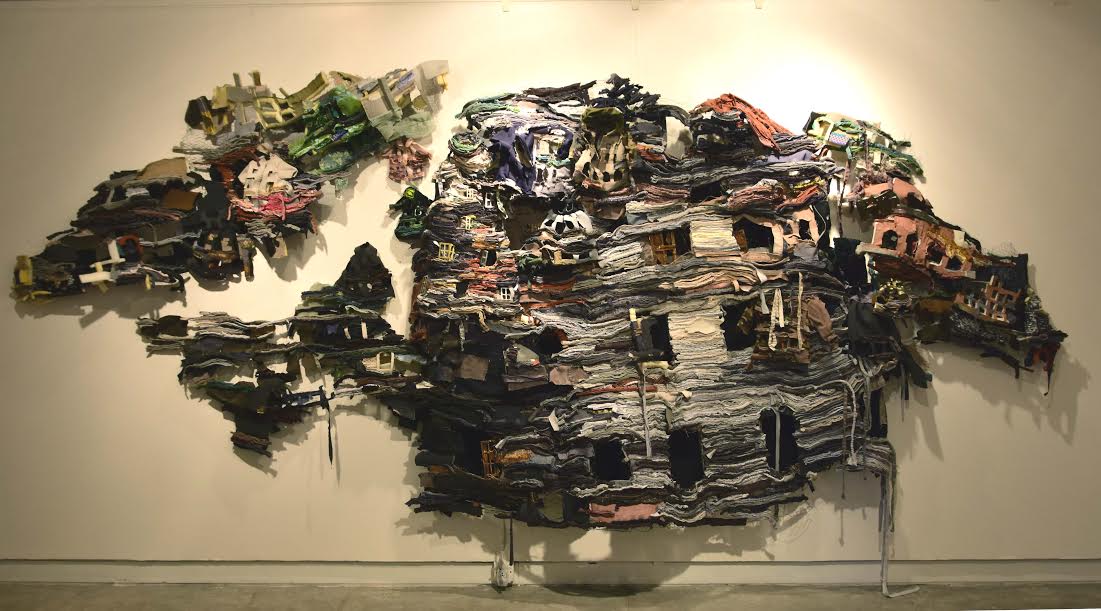Ruby Chishti
Born in 1963 in Jhang (Pakistan)
Lives and works in New York (USA)
Ruby Chishti is primarily a representational sculptor. Her work is largely autobiographical in nature. Ruby was formally educated at the National College of Art in Lahore, Pakistan. Over the past 17 years, she has produced a series of lyrical sculptures and installations that touch on such issues as Islamic myths, gender politics, migration, memory, universal themes of love, loss and of being human. Ruby’s early life was marked by pain and the recurring losses of loved ones. As a young woman, the experience of caring for her inert mother for over a decade deeply impacted Ruby’s psyche and practice – this internal experience found its echoes outside in the repressive political climate of Pakistan during the regime of General Zia ul Haq (1977-1988). Her work has been exhibited, among other places, at Taubman Museum, Queens Museum, Art Asia Miami, Arco Madrid (2010), Art Hong Kong (2008), India Art Fair (2013), The Armory Show NYC (2014), and the Asia Society, New York (2017). Her work can be found in the collections of the Devi Art Foundation, New Delhi, India; Harris Museum Preston, UK; V&A Museum of Childhood, London, UK; Whitworth Art Gallery, Manchester, UK and elsewhere.
Ruby Chishti writes the following of her installation created for KB17: “Architecture bears witness to historical acts of domination, manmade atrocities and political violence. We Leave, We Never Leave, We Return Endlessly is an abstract form that appears to be a distorted world map as if drawn from memory, suspended from the ceiling. The overall form is a juxtaposition of architectural and human body structures, a witness of lives ripped and rebuilt, where I see links to personal and political narratives. It is a framework I use to explore the codependent relationship between personal experience and the socio-political narratives amplifying the voices of those who have survived emotional and physical trauma resulting from conflict, war and the universal subject of mortality. The work is an audiovisual installation created from unknown people’s clothing…I am interested in exploring the function of clothing that is beyond social status or sexual and cultural differences. It is my way of engaging with the persistence and tenuous fragility of human existence, while exploring materials and reinventing sculptural forms that can forge a sense of collective human connection.”

We Leave, We Never Leave, We Return Endlessly, 2017.
Recycled textile, wire mesh, thread, wood and archival glue.
210 x 330 x 35 cm.
Courtesy the artist

